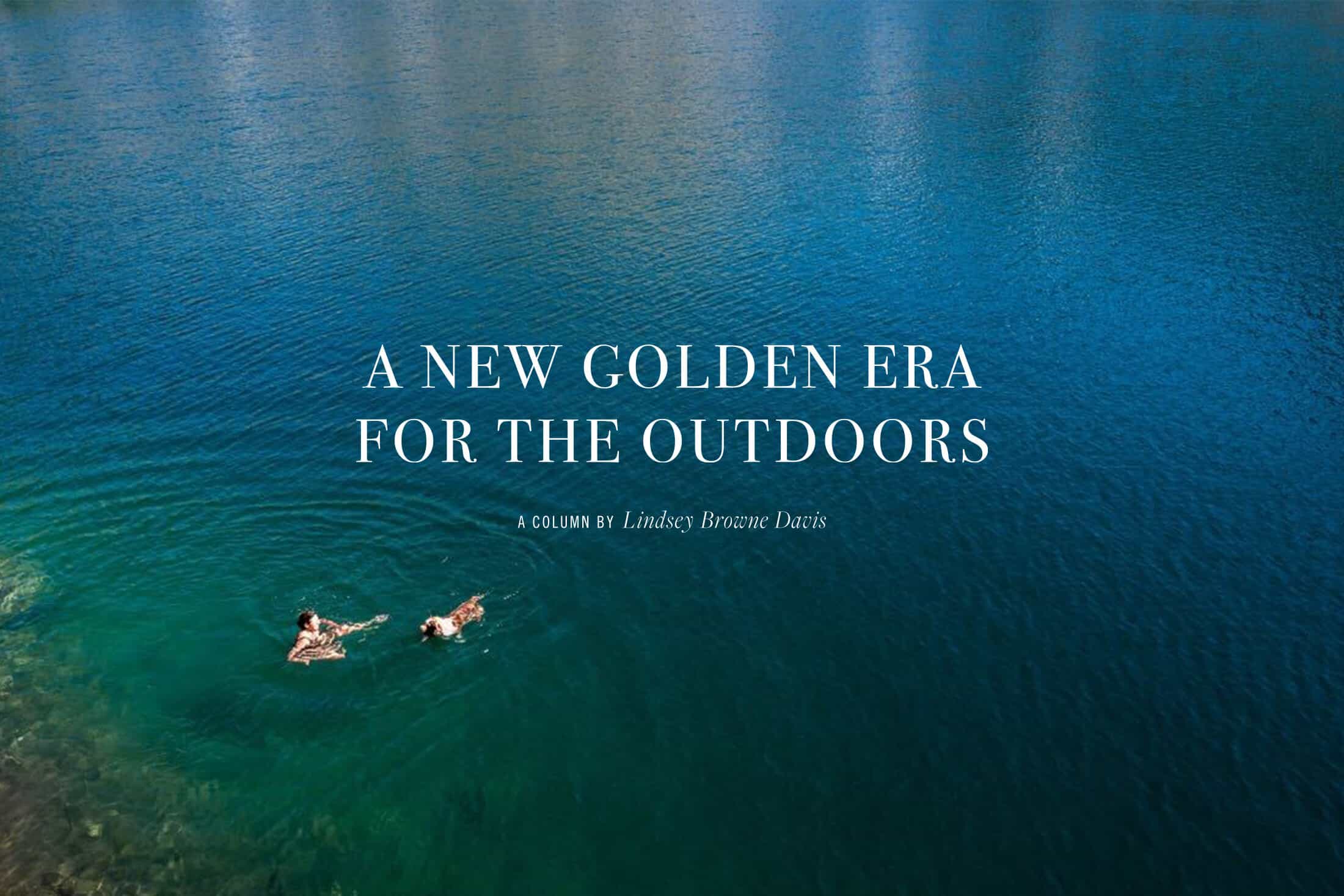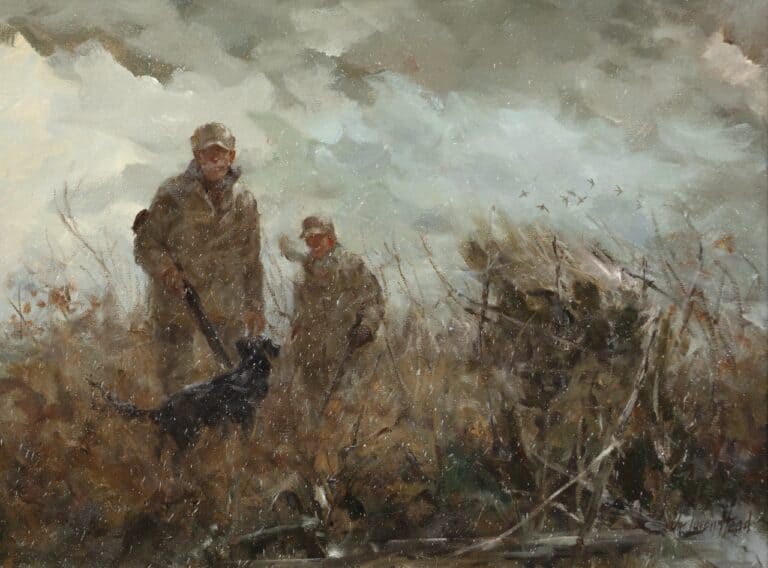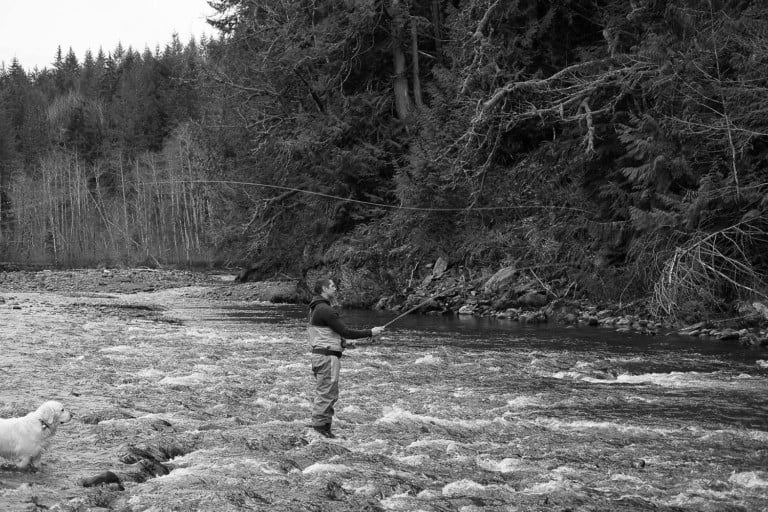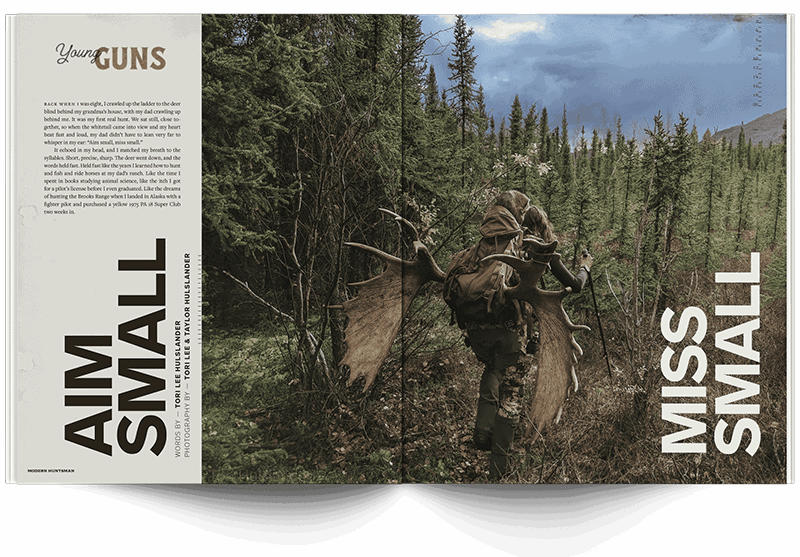Great things could lie ahead for American hunters. As new priorities give rise to the public’s engagement with nature, Lindsey Davis explores the shifting opportunities and threats to the modern hunter’s landscape
2020 has been a year for the history books. Amidst the global crises of public health, social justice and climate, Americans are turning to the outdoors in droves. We are learning how to grow food, registering to hunt, exploring our local trails, buying campers, and hitting the road on a mission to develop a deeper connection to our local environments. Statistics show that more people than ever are turning to the outdoors. With that comes the need for us all to hone, or rediscover, our appreciation for our country’s natural assets. While participation in the outdoors is surging, policymakers are investing more money into public lands and recreation infrastructure than they have in generations, with the passing of the Great American Outdoors Act. With Americans’ interest and investment in our public lands at an all-time high, we could be looking at the new golden era of the outdoors.
Among other things, this year brought great awakenings. It’s clear to many, now, how fragile our food systems are. As grocery store shelves emptied and meat processing plants shut down, people turned to gardening and raising backyard chickens. For months, it was nearly impossible to buy flour and yeast as homemade sourdough was trending. Simultaneously, nearly 5 million Americans purchased their first firearm, and an estimated 6-8 million people have taken up fishing. In Utah, resident over-the-counter elk tags sold out in a matter of hours–for the first time ever. In our National Forests, visitation rates are up 20 percent nationally (150 percent in some areas), with every weekend feeling like a holiday weekend




